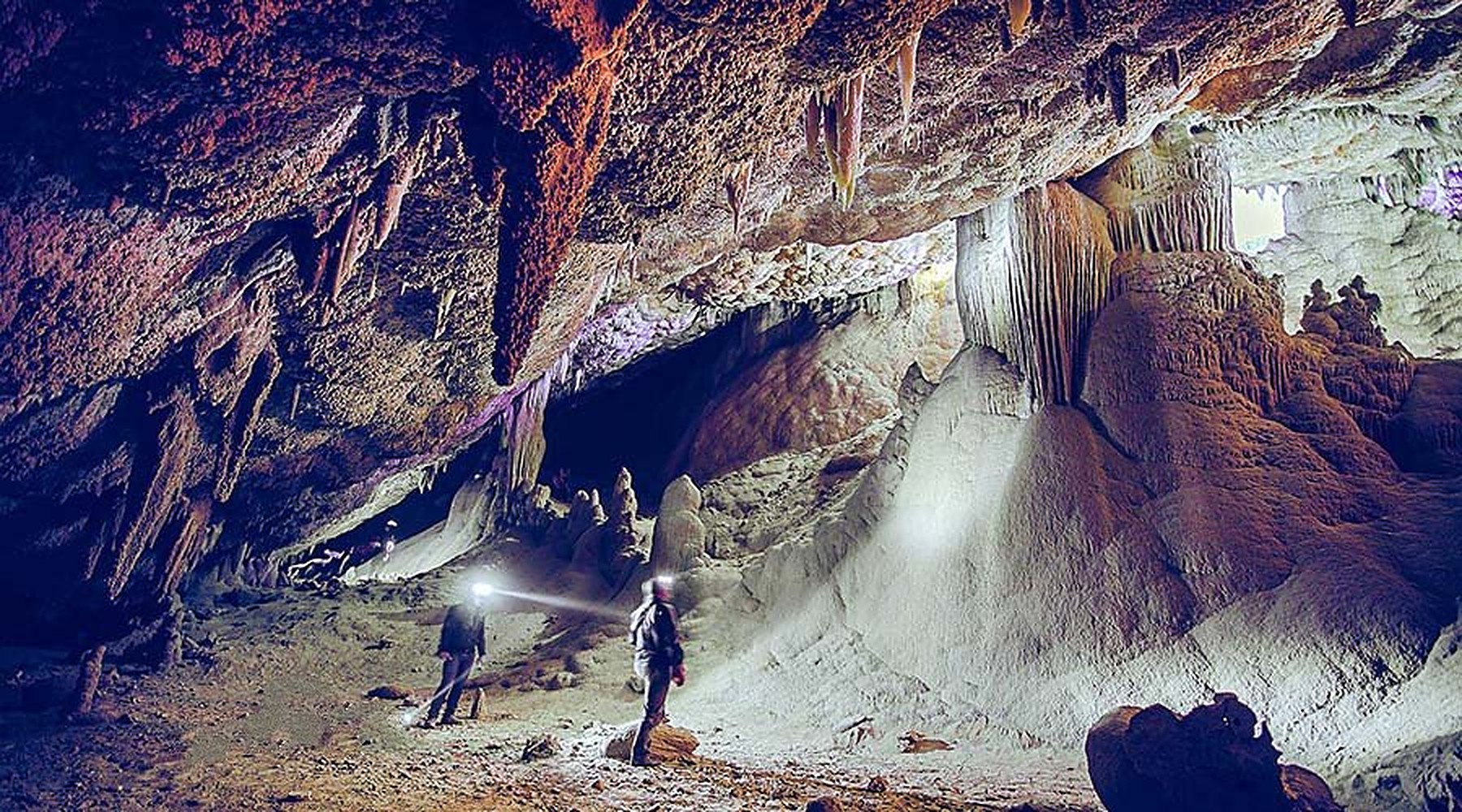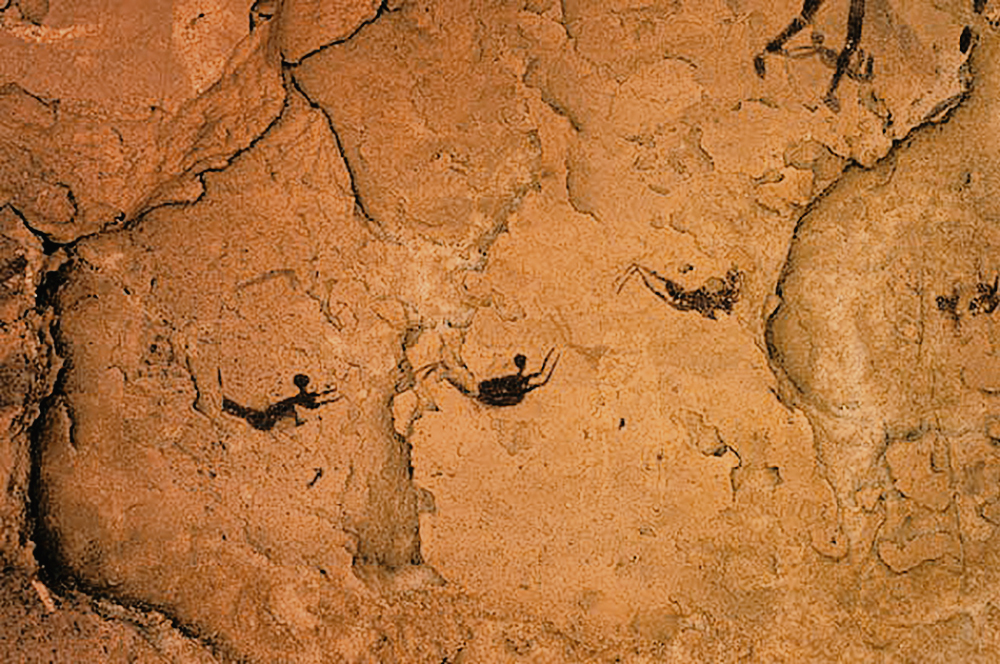The whole of earth’s beauty may seem like a canvas that is always visible and clearly seen by the regular human eye, but the truth is that not all works of art and beauty are laid down before us on a canvas.
Some of the most exquisite wonders of the world can be found hidden inside caves, which are home to ancient works of history and art.
Historically, caves served as shelter or protected places for ancient tribes and creatures, which continue to carry remains of their cave paintings and possibly origins of writing that have mystified scientists, explorers and archeologists for years. Caving, as the practice of studying caves is known as today, later grew into a scientific and recreational activity that carries its own specialized skill sets.
Pioneered by Édouard-Alfred Martel in the 19th century, Martel first achieved the complete exploration of the Gouffre de Padirac, in France, where he developed his own techniques based on ropes and metallic ladders. As caving became increasingly popular in the 20th century, exploration teams in the Alps transformed cave exploration into an exploration activity, sometimes often deemed as a sport.
Around the world, caving has also been used as a form of eco and adventure tourism, particularly in New Zealand, India, and Latin America. There are also some that use caves for worship and meditation, such as the Longmen Caves in China which carry a treasury of Buddhist carvings.
Egypt is also home to historic caves with wondrous beauty, each carrying a rich history that dates even before the time of ancient Egypt. Like entering a museum, the caves provide a glimpse of ancient stories, memories, and reflections.
Wadi Sannur Cave in Beni Suef

The Wadi Sannur cave is considered to be one of the oldest in the world, formed by chemical reactions of underground water and its mixing with limestone since the Eocene era 40 million years ago. When a light is shone on the stalactites (icicle-shaped formation), they glitter and create an otherworldly environment.
These chemical reactions have produced what is known as Alabaster marble, which is used in the manufacture of ornamental vessels. It was discovered by quarry workers in 1992, who were searching for alabaster marble, and was officially announced as a natural reserve in 1992. The Wadi Senour Cave is around 15 meters wide with a depth of 15 meters.
Scientists have noted that the Sannur cave serves as a valuable source for geological heritage, which can be used for purposes of geological conservation and research. The research notes that the geological landscape of the cave bears numerous fossils, and that it is the only cave in the world representing “fossil occurrence of an exceptional type of cave origin”, particularly an ancient rimstone basin protected by the overlying limestones.
Gara (Djara) Cave in Egypt’s Western Desert
Located in the peaceful and pristine area of the Western Desert, Gara (Djara) Cave has attracted thousands of tourists in Egypt, especially as it is known to be one of the few well decorated caves in Egypt and is classified as the second most important Stone-Age settlement in the Western Desert after Nabta Playa by the German Archaeological Institute.
With animal engravings dating back from the Neolithic Period, the cave also contains icicle-shaped rock formations due to the effect of chemical activity of pure water in contact with the dry desert. Animal figures represented over 85% of the cave’s rock art, yet scientists have often found it difficult to identify the animals since their depiction is abstract apart from birds, giraffes, and camels.
Cave of Swimmers

Located in the New Valley Governo no rate of southwest Egypt, in the mountainous Gilf Kebir plateau, the Cave of Swimmers depicts ancient rock art that was discovered in 1933 by Hungarian explorer László Almásy.
It is named as “the cave of swimmers” due to the absurd paintings of people with bent limbs and bodies, as it is estimated that they were created 10,000 years ago with the beginning of the African Humid Period, when the climate was much greener and wetter.
However, other interpretations include more religious or symbolic meanings, as Jean-Loïc Le Quellec, an academic researcher at the Institut des Mondes Africains on anthropology and prehistory, noted that the painting figures could reflect deceased souls floating “in the waters of Nun” as written in the ancient Egyptian Coffin texts.






Comments (0)